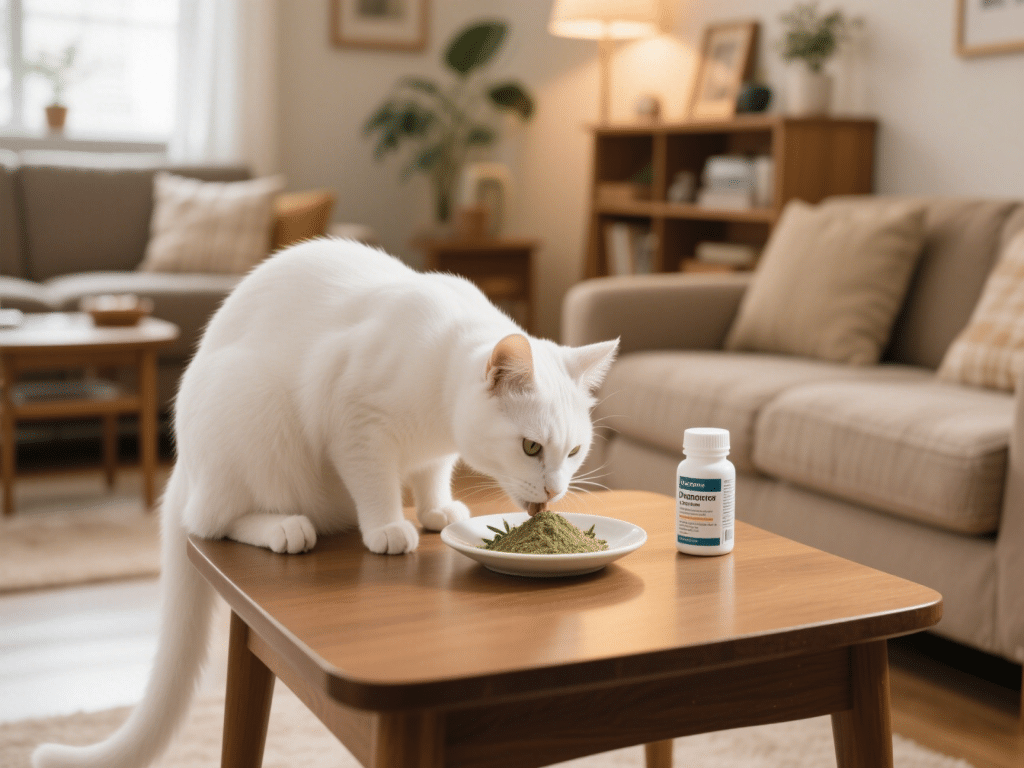Introduction
Flea infestations pose dual threats to cats: itching, dermatitis, and tapeworm exposure (via flea ingestion). Selecting a dewormer that addresses both fleas and intestinal parasites is crucial in flea-prone households. This guide helps you choose the best cat dewormer for such environments.
1. Understand the Parasite-Flea Connection
Tapeworm Transmission: Cats ingest infected fleas while grooming; tapeworm cysts hatch in the digestive system.
Concurrent Infestations: Fleas can carry other pathogens (e.g., Bartonella), compounding health risks.
2. Topical (Spot-On) Combination Treatments
Selamectin (Revolution®)
Spectrum: Flea prevention, heartworm, roundworms, hookworms, ear mites.
Application: Monthly spot-on between shoulder blades.
Benefits: Broad-spectrum coverage minimizes the need for multiple products.
Fipronil/S-Methoprene (Frontline Plus®)
Spectrum: Flea and tick prevention; does not directly target intestinal worms.
Pair with Dewormer: Combine with a monthly pyrantel-based oral dewormer for tapeworm control.
3. Oral Deworming Tablets for Tapeworms
Praziquantel (Droncit® Tablets)
Dosage: 5–7.5 mg/kg orally as a single dose.
Frequency: Administer every 1–2 months in flea-endemic seasons.
Administration Tip: Offer inside a small portion of soft food to improve acceptance.
4. Integrated Flea Control Strategies
Environmental Treatment
Vacuum carpets, furniture, and bedding weekly to eliminate flea eggs and larvae.
Use veterinary-grade home sprays or foggers with insect growth regulators (IGRs).
Preventive Measures
Bathe/eliminate fleas on other pets; treat all household animals concurrently.
Wash bedding in hot water weekly.
5. Monitoring and Veterinary Consultation
Fecal Testing: Quarterly fecal exams to detect tapeworm segments or eggs.
Physical Exams: Check for flea dirt (tiny black specks) in the cat’s coat weekly.
Weight and Behavior Monitoring: Persistent scratching, hair loss, or weight loss warrant immediate vet attention.
Conclusion
In flea-infested homes, the optimal cat dewormer regimen includes a combination of topical flea-and-parasite preventives like Revolution® and targeted oral tapeworm treatments such as Droncit®. Integrated environmental control and regular veterinary check-ups ensure your cat remains free from fleas and intestinal parasites.










Comments on " Choosing the Right Cat Dewormer for Flea-Infested Homes" :